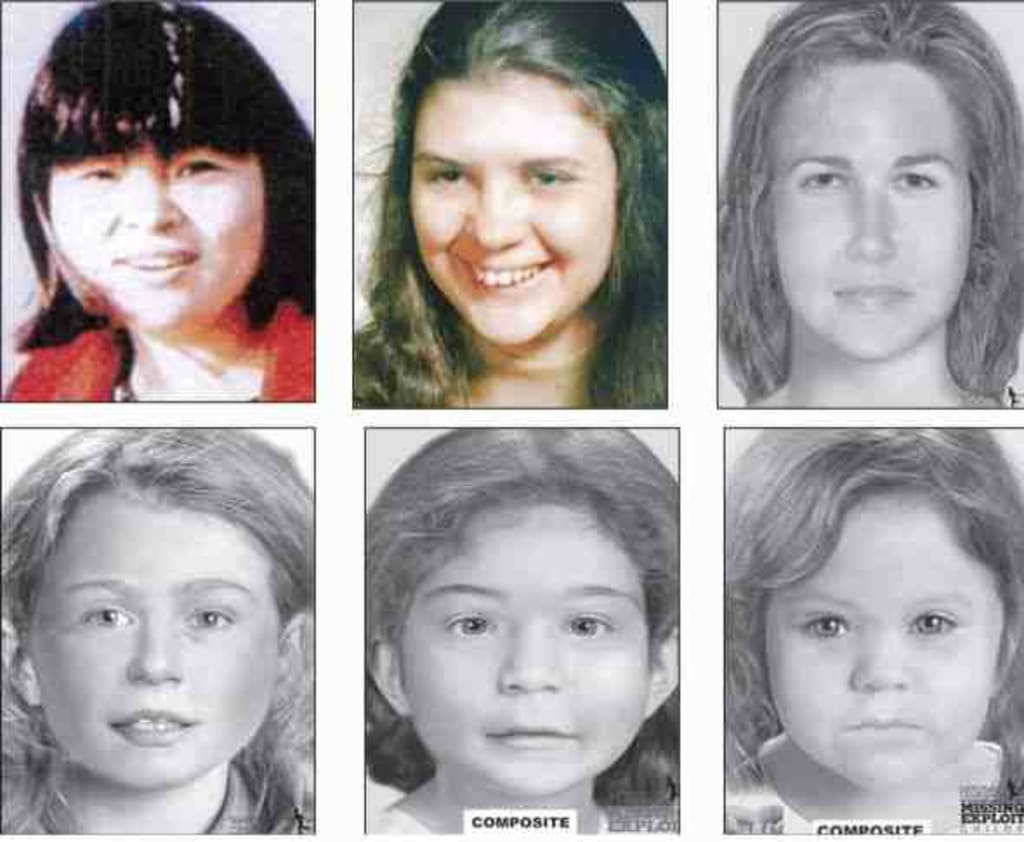The Next GSK: The Case That the People Who Caught the Golden State Killer Are Tackling Next
Billy Jensen, one of the key players in the GSK case, didn't hesitate when asked what was next for him. Here are all the details.

The news is full of exciting information about the latest victory in law enforcement: The capture of the Golden State Killer. True crime aficionados know the names Paul Holes and Billy Jensen as two of the men that helped catch him.
Recently, both men appeared on a podcast, My Favorite Murder. When asked what case they wanted to pursue next, Billy Jensen did not hesitate. “The Allenstown Four.”
On November 10, 1985, a hunter happened upon a 55-gallon drum. It was open. He didn’t know, but earlier that day several local children had found the barrel, rolled it to its current location, and opened it. No one could blame them for running away from what they found.
The barrel contained two bodies that would later be described as “not recognizable” due to their advanced decomposition. They were almost completely skeletonized, so much so that the coroner had to guess at their time of death, only able to say that it had been sometime between 1978 and 1984. The bodies were those of two young women, one most likely in her 20s, and the other between the ages five and eleven. Both had been killed by blunt force trauma and both appeared to have been partially dismembered. There wasn’t even enough evidence for the coroner to state their height with certainty; the older victim was estimated to between 5’2” and 5’8.” All they had was dental records, and with no missing persons reports or matches, the trail soon went cold.
Then, on May 9, 2000, a second barrel was found only 100 yards from the first barrel found 15 years earlier. The barrel contained the remains of two more female victims, both of them children between the ages of one and four years old. They were linked to the other victims through DNA and time; all of the victims except for one were related, and all of the victims died around the same time. It was possible that the authorities in Allenstown, New Hampshire, were looking for a serial killer now. They released composite drawings of the victims, along with incredibly detailed descriptions of how their teeth would have looked. They even knew that the victims had lived in the area where they were killed for several years prior to their deaths. Despite all of this information, there were still no leads. The case of the Allenstown Four went cold again.
Seventeen years later, they found the murderer.
A man who went by the name Robert “Bob” Evans’ DNA was compared to the victims. They discovered that the one body that was not maternally related to the rest was, in fact, related to him. What should have been the end of the case was actually the beginning of even more questions.
For starters, Robert Evans was not even alive in 2017. He died of natural causes in prison in 2010. Additionally, Robert Evans was not his name, but it seemed that the secret of who he really was would go the grave with him. It may have, too, if not for the curiosity of a young man looking for his father. He submitted his DNA to a genealogy website, which authorities have recently begun using to search for relatives of victims or murderers. The DNA got a hit; it matched the mystery man. Further samples of DNA confirmed that Robert Evans was, in fact, Terrance Peder Rasmussen, who had been missing since 1974.
As authorities began to piece together Rasmussen’s timeline, they realized that he may be responsible for the murder of the Allenstown Four, another woman named Denise Beaudin and her 6-month-old daughter, as well as the murder of his wife that he had actually served time for. They were shocked to learn that he also had a family that was alive and well—from which the DNA that identified him had come.
Investigators discovered that Denise Beaudin and her 6-month-old daughter had disappeared with Bob Evans (the name he was using at the time). While Denise has not been found and is presumed murdered, her daughter was found alive and well, living in California. The daughter was abandoned at her father’s house when she was five years old by Bob Evans, claiming to be a grieving widow unable to care for the child. The girl always wanted to know who that man was and, after DNA tests revealed that the man that raised her was not, in fact, her father, she hoped that she could get to know her real father. It turns out that she was one of the few survivors left behind by Rasmussen.
In 2002, he committed the murder that landed him in prison. At the time, he was in a common-law marriage with a scientist named Eusoon Jun. When she went missing, he was brought in for questioning. At the time, he was living under yet another pseudonym. His fingerprints tied him to the name Robert Evans, who was wanted for violating parole, and he was arrested. When investigators searched his house, they found a huge pile of cat litter under it. When they dug around in it, they found the mummified remains of his wife. The first piece of her they found was a mummified foot, still wearing a flip-flop. It appeared that she had been partially dismembered then left under the house. Robert Evans went to prison under his false name, where he would later die before even being suspected of murdering the Allenstown Four.
Investigators are pretty sure he’s the guy; DNA links him to the crime and timeline fits for him to have been in New Hampshire. What, then, does Billy Jensen want to investigate about this case? If the murderer is caught, is there anything else left to find out?
Yes.
The victims are still unnamed. Four young women—three of which were children—had their lives stolen from them, but they are still anonymous, nothing more than their deaths. They’re known by the location their bodies were found—Bear Brook or Allenstown—or their case file number. Their pictures are still those kind-of-creepy composite photos that somehow have not led to their identities. There is so much evidence to who they are, from their appearance to details of their dental work, to where they had to have lived before their deaths, that they should be identified. They have been broadcast nationwide multiple times, which is a gift that very few victims get. In the United States, there are around 40,000 unidentified remains. Every day, that number increases. It is an insurmountable problem, but identifying these four is doable.
You see, the problem is that we finally know the murderer’s name, but we still don’t know the victim’s names. And I think it is beautiful that Billy Jensen, who hunts killers for a living, sees how important it is that we never lose sight of what matters: The victims and what was taken from them.
So what is the next GSK case? According to one man who helped solve it, “The Allenstown Four” need to be identified. So get on it, internet. We can do this. They deserve it.






Comments
There are no comments for this story
Be the first to respond and start the conversation.